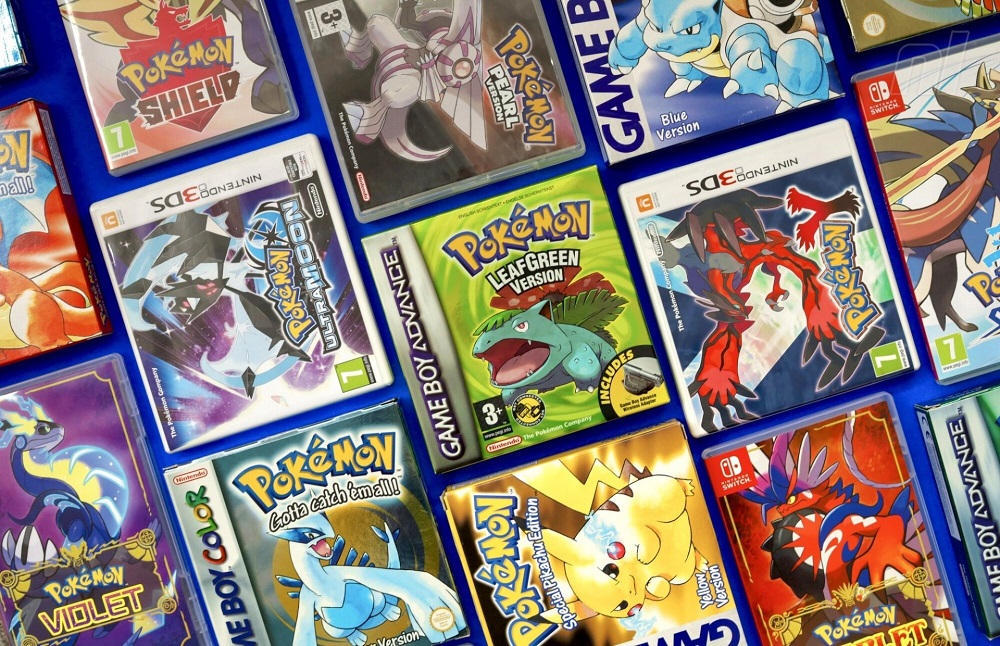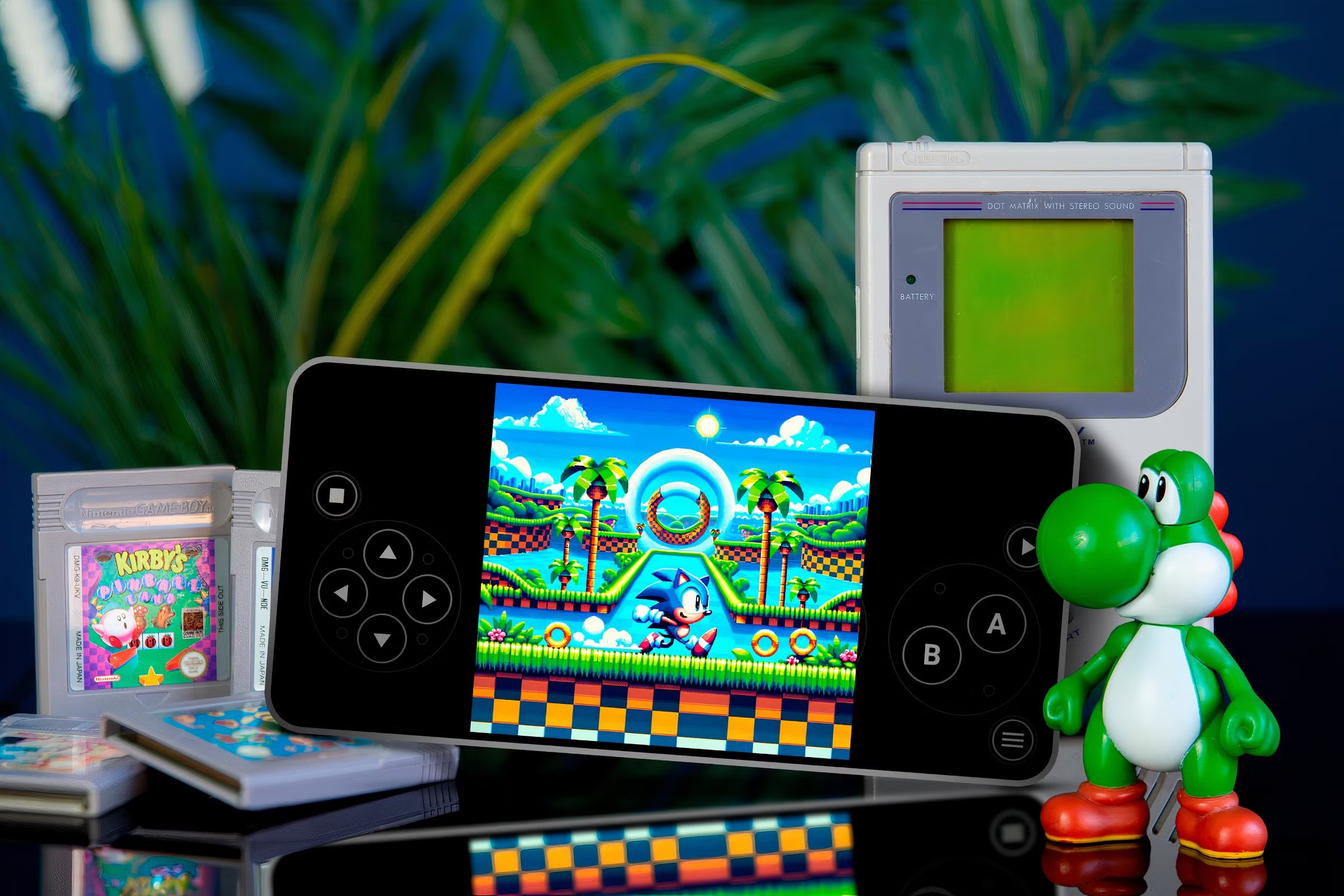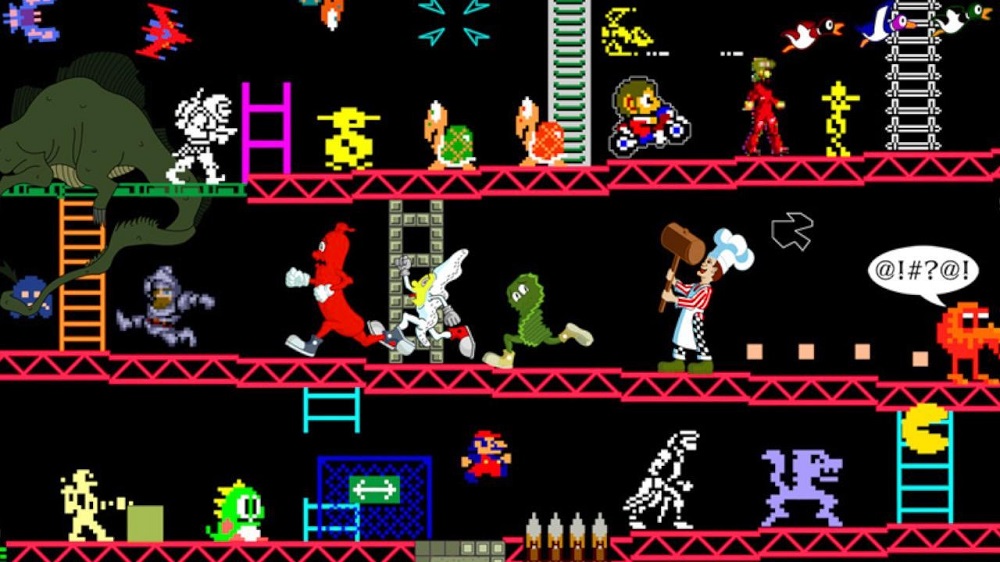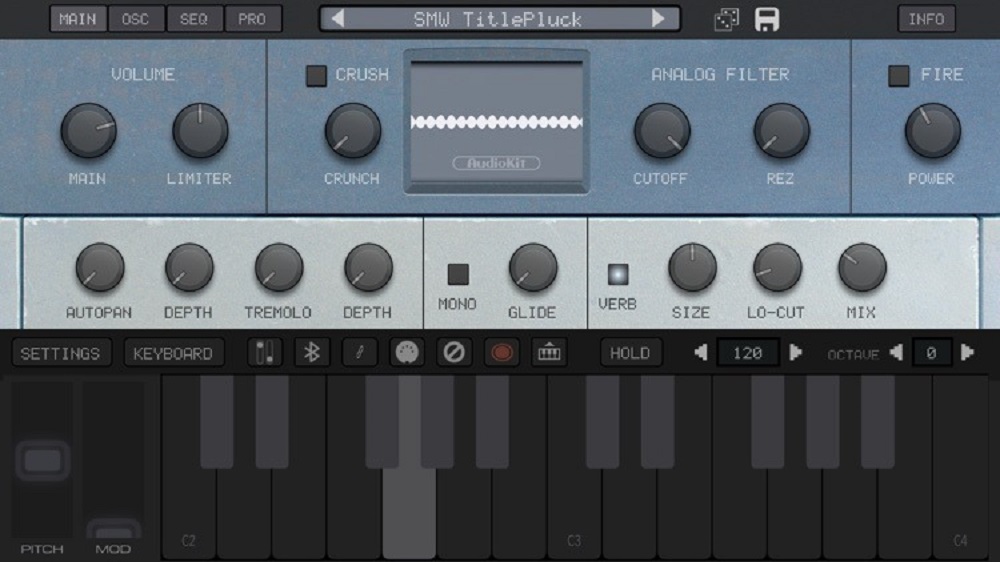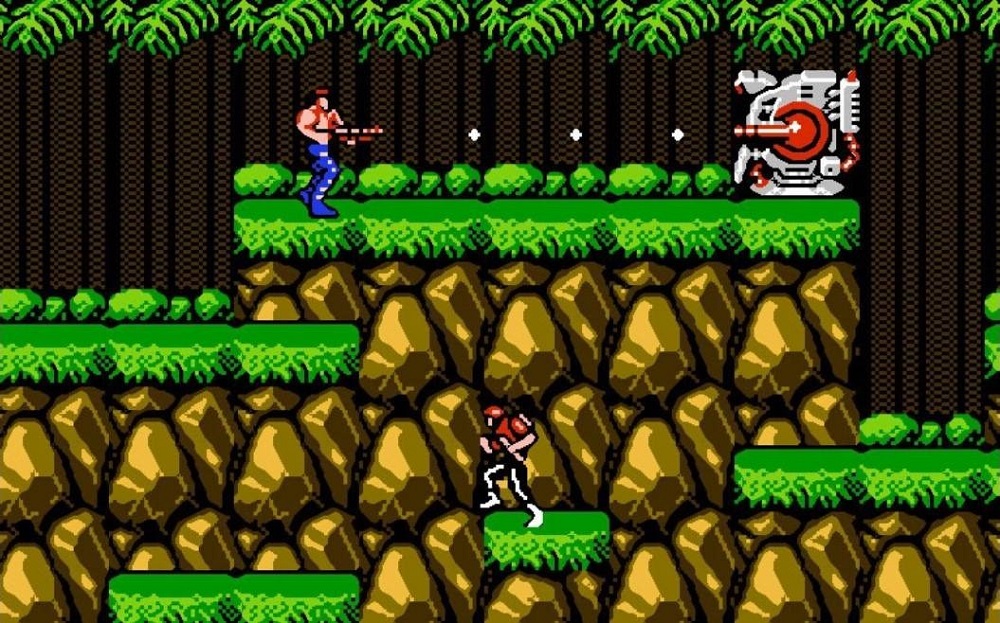What if that dusty old cartridge in your attic could pay for your next vacation — or even buy a new car? For collectors, retro games are not just about nostalgia but also about rarity, demand, and cultural value. Some titles, once sold for a mere $40, now fetch thousands of dollars at auctions.
Retro gaming has shifted from childhood pastime to serious collecting, and certain titles have become legendary for their scarcity and worth. Just as art collectors treasure rare paintings, gamers now chase after rare cartridges, prototypes, and limited editions. But what makes a retro game valuable? And which ones stand at the top of the list?
What Makes a Retro Game Valuable?
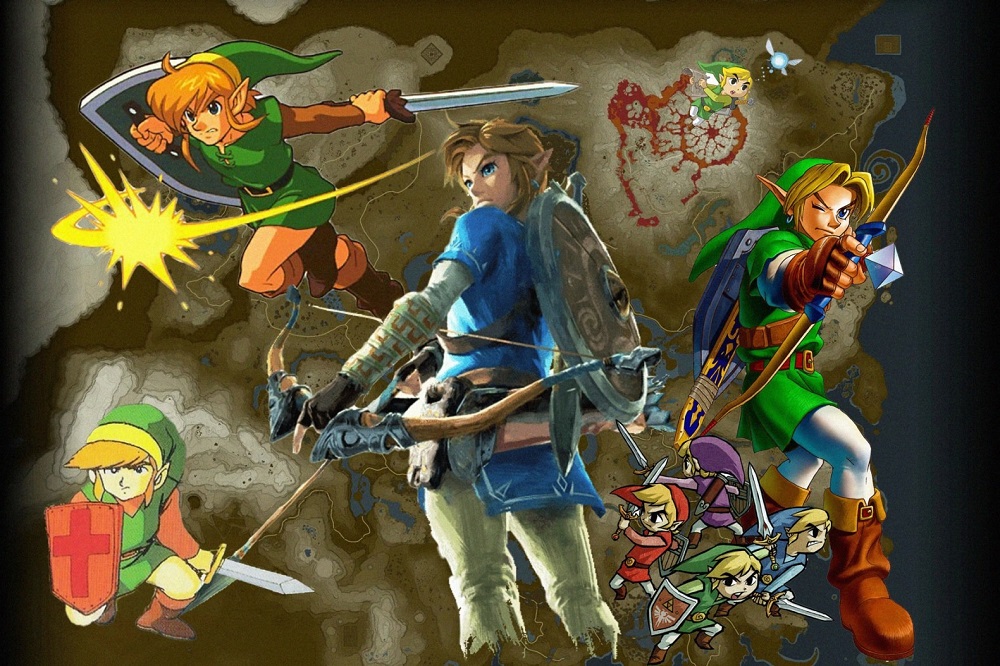
Before diving into the list, it’s important to understand why some games are worth more than others:
- Rarity: Fewer copies in circulation usually mean higher value.
- Condition: Factory-sealed or “complete in box” copies multiply in worth.
- Cultural Significance: Iconic franchises (Zelda, Mario, Pokémon) draw heavy demand.
- Historical Importance: Games tied to milestones in gaming history hold special weight.
- Production Errors or Limited Releases: Misprints, competition prizes, or promotional copies can become holy grails.
This is where retro game collecting overlaps with the insights from our piece on Retro Game Collecting: Where to Start, where the thrill isn’t just playing but owning a piece of history.
Stadium Events (NES) – The Holy Grail
Often considered the crown jewel of NES collecting, Stadium Events was recalled shortly after release in 1987 when Nintendo rebranded it under their “Family Fun Fitness” label. Only a handful of original copies survived.
- Value: Loose cartridge can fetch $5,000+, while sealed copies have sold for over $40,000.
- Why It’s Rare: Nintendo recalled and destroyed most copies.
Collectors view this as the ultimate NES rarity, symbolizing both the unpredictability of the market and the nostalgia of the 8-bit era.
Nintendo World Championships (NES, 1990)
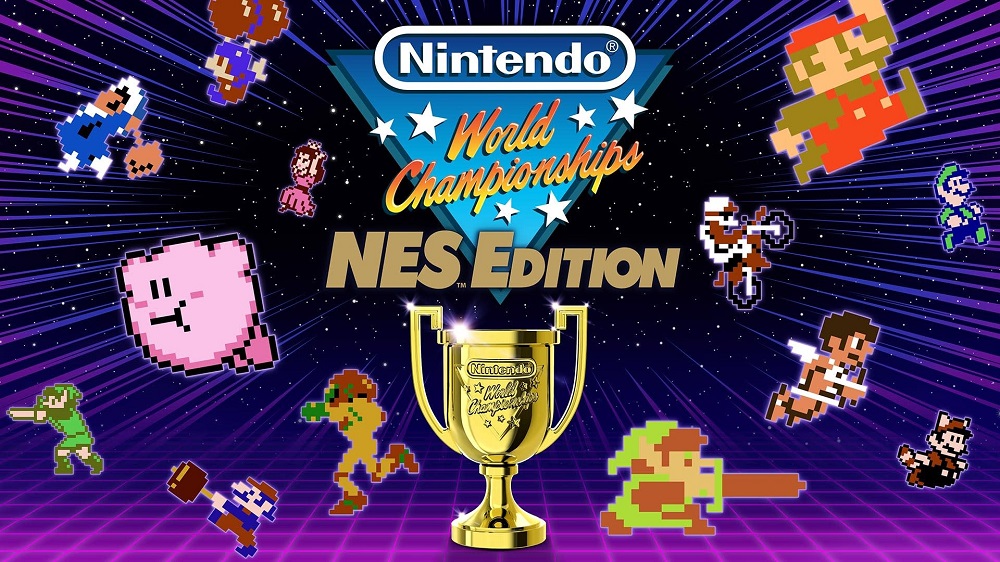
Produced as part of a nationwide competition, only around 116 cartridges were ever made. These gray and gold carts are essentially trophies of a bygone gaming culture.
- Value: $15,000–$30,000 depending on condition.
- Why It’s Rare: Given only to competition finalists and special guests.
This title embodies the intersection of gaming history and scarcity, representing a cultural event as much as a collectible.
Air Raid (Atari 2600) – The Mysterious Blue Cartridge
Unlike most Atari 2600 titles, Air Raid was sold in extremely limited quantities, identifiable by its distinctive sky-blue casing with a T-shaped handle.
- Value: Complete-in-box editions can exceed $30,000.
- Why It’s Rare: Unknown publisher, tiny production run, unique cartridge design.
It’s a perfect example of how the Atari 2600 era — explored in How Atari 2600 Revolutionized Gaming (1977) — created both mass-market hits and elusive oddities.
Little Samson (NES) – The Cult Classic
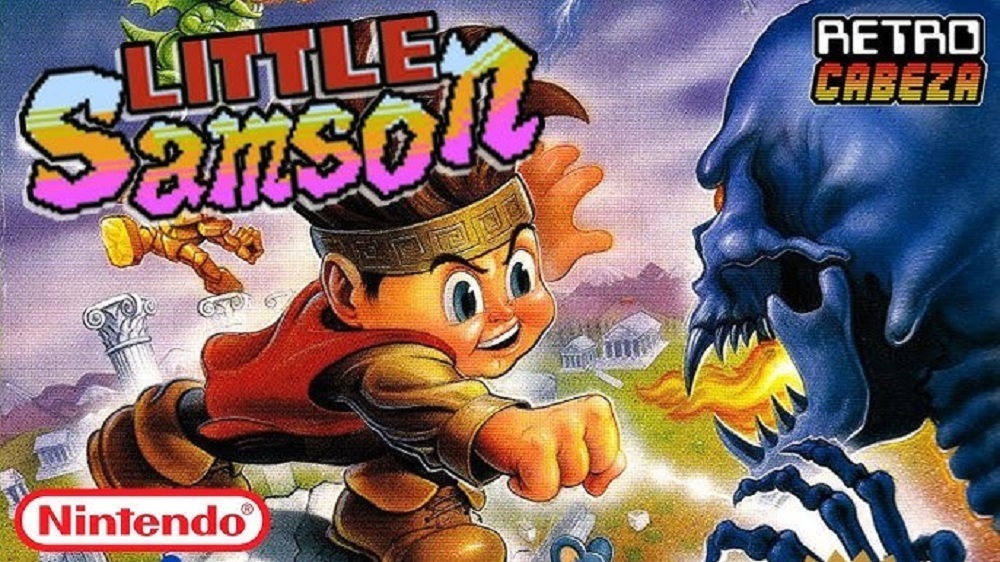
A late NES release from 1992, Little Samson didn’t sell well at launch but gained massive recognition later for its polished gameplay and artistry.
- Value: $2,000–$5,000 for complete-in-box.
- Why It’s Rare: Released late in NES’s lifecycle, overshadowed by SNES.
It’s a title that highlights how timing and market shifts can turn overlooked games into prized collectibles.
Panzer Dragoon Saga (Sega Saturn)
For Sega Saturn enthusiasts, Panzer Dragoon Saga is the crown jewel. Released in 1998 with only about 20,000 copies in North America, it’s regarded as one of the best RPGs of its era.
- Value: $1,000–$1,500 for complete copies.
- Why It’s Rare: Limited print run, Saturn’s early decline in the West.
The Saturn’s struggles make this game symbolic of what could have been, much like the story of Sega consoles covered in Dreamcast: Sega’s Final Console and Its Legacy.
Rule of Rose (PlayStation 2)
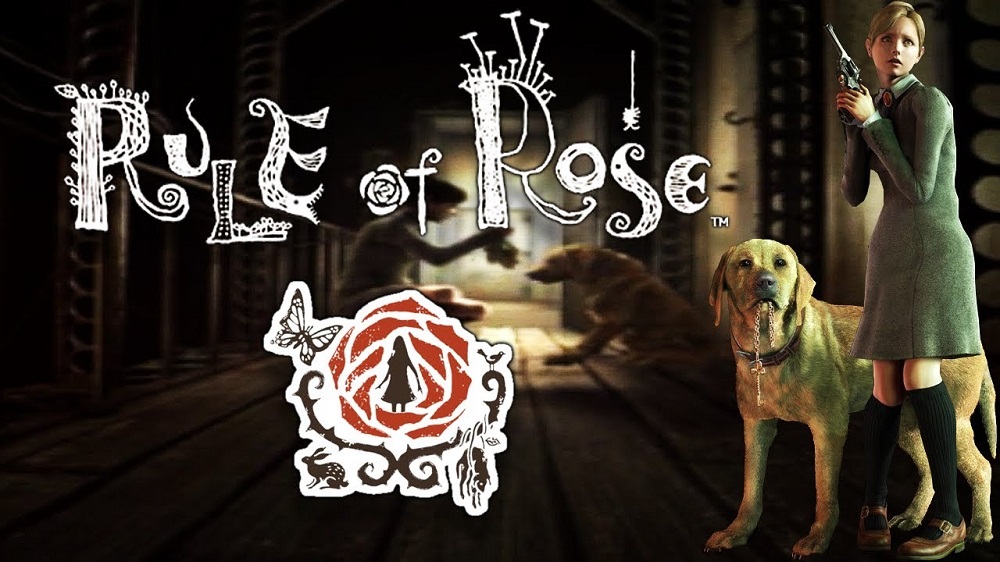
This 2006 horror title for the PS2 was controversial for its disturbing themes and received only a limited release.
- Value: $400–$1,000.
- Why It’s Rare: Censorship issues and critical backlash limited production.
Now it’s a cult favorite, showcasing how controversy fuels collectibility.
Suikoden II (PlayStation)
Often hailed as one of the greatest JRPGs ever made, Suikoden II had a modest release in North America and became a coveted title.
- Value: $200–$500 for complete-in-box.
- Why It’s Rare: Limited release combined with legendary status among RPG fans.
EarthBound (SNES) – A Quirky Treasure
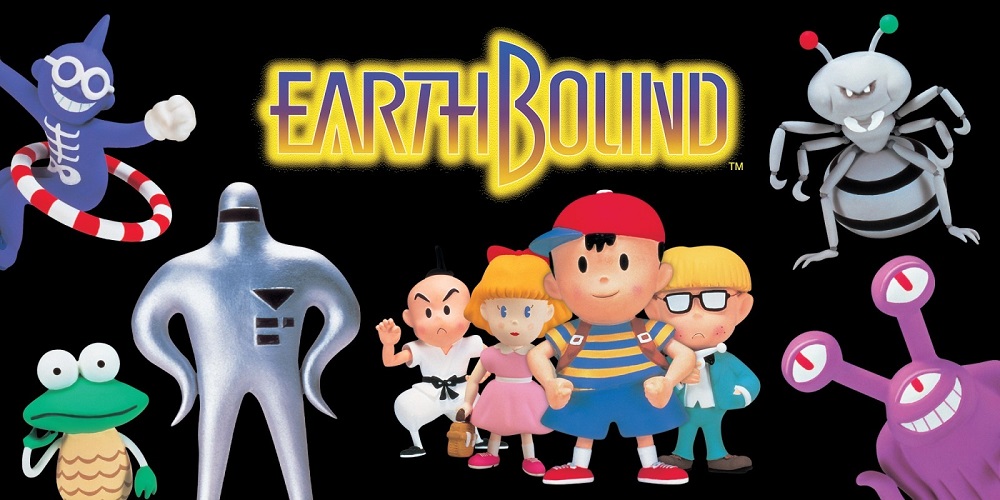
Though now celebrated as a masterpiece, EarthBound initially struggled commercially in the U.S. due to odd marketing and RPG unfamiliarity.
- Value: $300–$1,000 depending on condition.
- Why It’s Rare: Poor initial sales, later cult following.
Its reputation today cements the SNES as a timeless classic, as covered in our feature Super Nintendo Entertainment System (SNES): A Timeless Classic.
Pokémon Box: Ruby & Sapphire (GameCube)
Released only in Pokémon Center stores and as an online exclusive, this utility disc for managing Pokémon was overlooked by most players.
- Value: $2,000–$3,500 for complete-in-box.
- Why It’s Rare: Limited distribution, niche appeal.
Atlus Titles (Various Consoles) – The Silent Climbers
From Persona to Shin Megami Tensei, Atlus games often had limited print runs. Their niche appeal made them sleeper hits that skyrocketed in value years later.
The Future of Retro Game Values
With the rise of online auctions, streaming influencers, and renewed interest in physical collecting, prices for rare games continue to climb. However, experts caution that the market could fluctuate. Games tied to beloved franchises are likely to retain value, while fads may fade.
For collectors, the key is passion first, profit second. Otherwise, it’s easy to get swept up in speculation.
Rare and valuable retro games are more than financial assets; they are time capsules of gaming culture. Each cartridge tells a story — of childhood bedrooms, of retail shelves long gone, of the experimental spirit of the industry.
Yes, they may be worth a fortune today, but their true value lies in their ability to connect generations through play. Whether you’re a collector chasing holy grails or just rediscovering an old favorite, remember: the memories these games hold are priceless.
